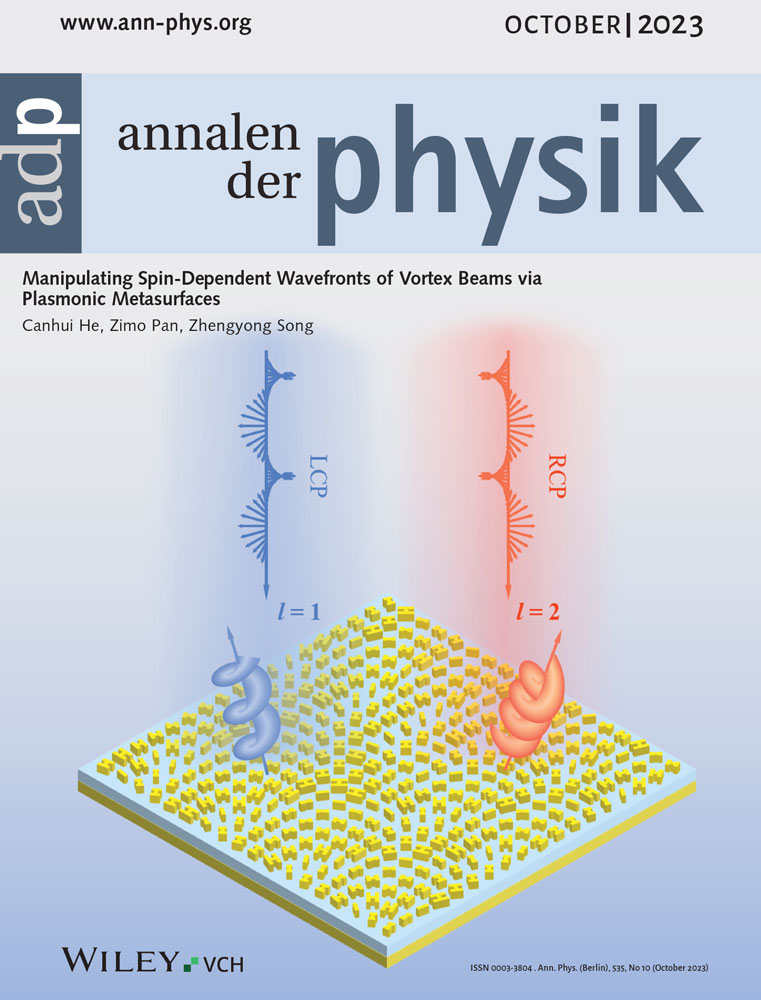Propagation Characteristics of a Partially Coherent Gaussian Schell-model Array Vortex Beam in the Joint Turbulence Effect of a Jet Engine and Atmosphere
Abstract
This work investigates the joint effects of jet engine exhaust-induced turbulence and atmospheric turbulence on the propagation of a partially coherent Gaussian Schell-model Array (GSMA) vortex beam. Using the two-process propagation method, analytical formulae are derived for the cross-spectral density, spectral density, degree of coherence, and beam width of the considered beam. The results show that the considered beam takes different shapes; when the spatial coherence is large, the spectral density of the GSMA vortex beam takes an elliptical shape, whereas when the spatial coherence is smaller, the spectral density remains a Gaussian shape. The evolution profile of the degree of coherence weakens gradually when the propagation distance, topological charge, and turbulence strength increase. Moreover, the profile of the degree of coherence takes the Gaussian profile when the propagation distance is longer or turbulence atmospheric is stronger. Furthermore, the results reveal that the corresponding beam spreads faster with a larger propagation distance, lower spatial coherence, and high-strength turbulence. This study also concludes from the results that the beam is affected more when its propagation is near the jet engine exhaust, which means that this latter has a significant impact.
Conflict of Interest
The authors declare no conflict of interest.
Open Research
Data Availability Statement
The data that support the findings of this study are available from the corresponding author upon reasonable request.




